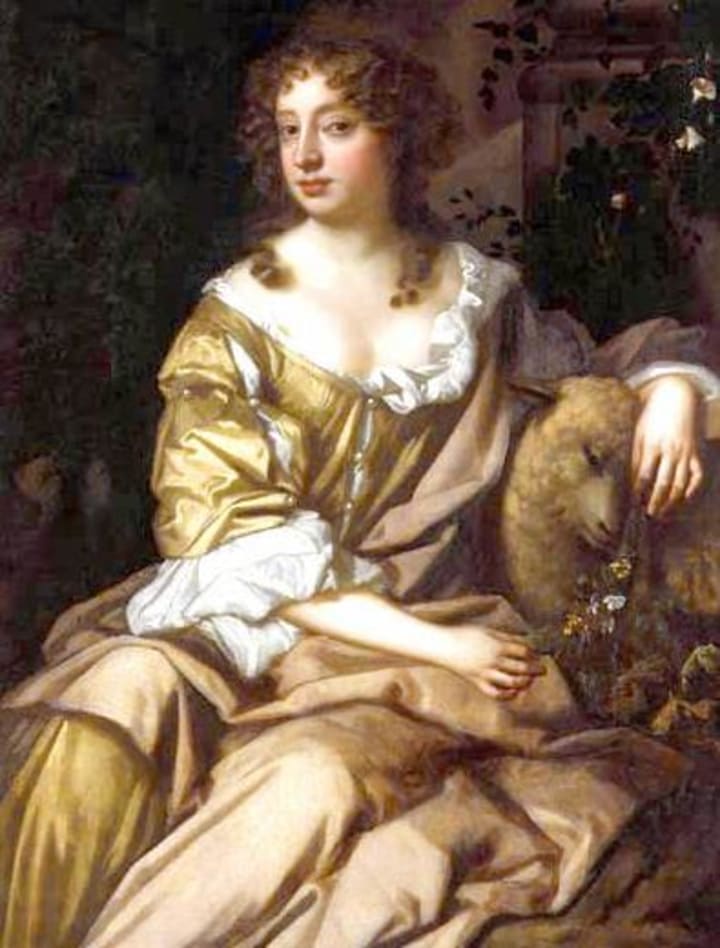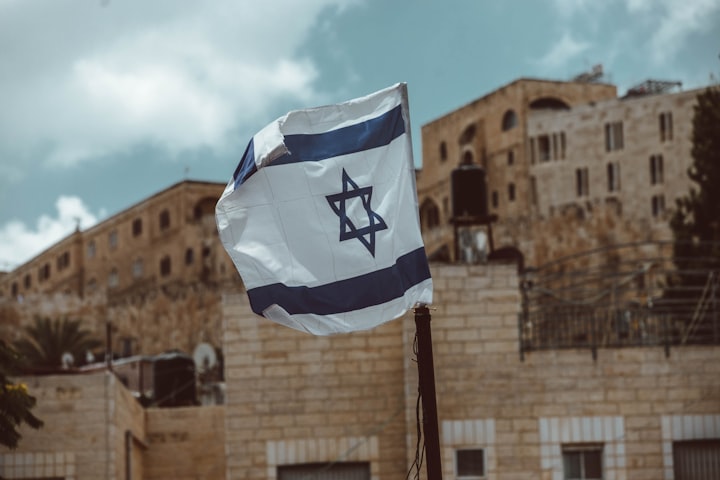
“I always admired virtue — but I could never imitate it”.
He was known as the “Merry Monarch” and was the King of Great Britain and Ireland from 1660 to 1685. His mother was 15 years of age when she married his father, who was 24 years of age. He saw The Great Plague and The Fire of London. He was Charles II.
Charles was born at St.James’s palace on 29th may, 1630, and was baptised on 27th June (1630) in the Chapel Royal. This little Prince ‘automatically’ became the Duke of Cornwall and the Duke of Rothesay, and on his 8th birthday, Charles was ‘designated’ the Prince of Wales, (although he was never formally invested).
The First English Civil War broke out in 1642, leading the young Charles and his younger brother, James, to go into exile, (along with his mother), in France. His father, Charles I, surrendered in May 1646. All through his childhood, Charles was in exile and this ‘ripped’ Charles’ childhood away from him. His father, Charles I, was executed which shattered the young Prince’s life, who spent his twenties going from country to country, begging for help, “favours and finances”.
Returning to England, London, in his early thirties, Charles was now Charles II. He was tall, handsome, ‘sharp of mind’, charming and impeccable in his clothes. However, because of the unrest which Cromwell and his Commonwealth had caused, Charles had his work cut out for him.
On 25th May, 1660, Charles arrived in Dover and reached London on 29th May, (his 30th birthday). Charles II had promised to rule in “cooperation” with Parliament and both granted an official pardon to (almost) all of Cromwell’s supporters. Nine, however, were executed, being hung, drawn and quartered. The bodies of Oliver Cromwell, Henry Ireton and John Bradshaw were ‘posthumously decapitated’ for the death of his father, Charles I.
The Coronation of Charles II took place on 23rd April, 1661, and a new crown and ‘regalia’ was made, (his father’s crown and regalia had been ‘destroyed’ during Cromwell’s Commonwealth). Despite having mistresses and a child, Charles knew he had to marry to carry on the Royal Line. Catherine of Braganza was the daughter of King John IV of Portugal and her dowry was two million crowns and the cities of Bombay and Tangiers — a good choice indeed! The couple were not ‘passionate’ but courteous, even though Charles carried on his latest affair, fathering another child.

Charles II now started to settle down as King. Religion was still a massive problem and, although the problem was not fully ‘resolved’, Charles did manage to avoid open rebellion: “You shall none of you suffer for your opinions or religion, so long as you live peaceably, and you have the word of a King for it”.
The new King lifted the Puritan restrictions on entertainment, enjoying certain ‘pleasures’ himself and he became known as the “Merry Monarch”. His most famous mistress was Nell Gwyn, whom Pepys called “pretty, witty Nell”. She had two sons by Charles; Charles Beauclerk and James Beauclerk.

The two historical events that are remembered during Charles II’s reign was The Great Plague and The Great Fire of London. These two ‘disasters’ encouraged the City of London to “start afresh”. Science and commerce offered hope for a brighter, better future, which set off new foreign alliances, bringing peace to the people.
Charles’s Queen was unable to have living children, with four pregnancies ending in miscarriages and stillbirths. Without an heir, Charles’s Catholic (and unpopular) brother, James, became the heir presumptive. In an attempt to calm the fears of the people (they did not want another Catholic King), Charles agreed to James’s daughter, Mary, marrying William of Orange, who was a Protestant.
One of the things that Charles’s II is remembered for is his founding of the Royal Observatory at Greenwich in 1675. The King had always been interested in science, often spending hours doing his own experiments. The Observatory was set up to help resolve the challenge of navigation at sea. “Whereas, we have appointed our trusty and well-beloved John Flamstead, master of arts, our astronomical observator, forthwith to apply himself with the most exact care and diligence to the rectifying the tables of the motions of the heavens, and the places of the fixed stars, so as to find out the so much-desired longitude of places of the perfecting the art of navigation”. (Charles II, Warrant).
On 2nd February, 1685, Charles II suffered an apoplectic fit (a stroke), and died. He was 54 years of age. His death was so sudden that many suspected that the King had been poisoned, but modern medical analysis leads to a possible kidney dysfunction. On his deathbed, Charles asked his brother, James: “let not poor Nelly starve”. Charles II was buried in Westminster Abbey on 14th February, “without any manner of pomp”.

About the Creator
Ruth Elizabeth Stiff
I love all things Earthy and Self-Help
History is one of my favourite subjects and I love to write short fiction
Research is so interesting for me too






Comments (1)
I'm enjoying your history articles very much, keep up the good work!